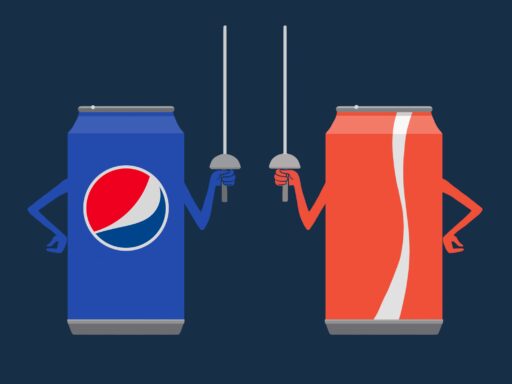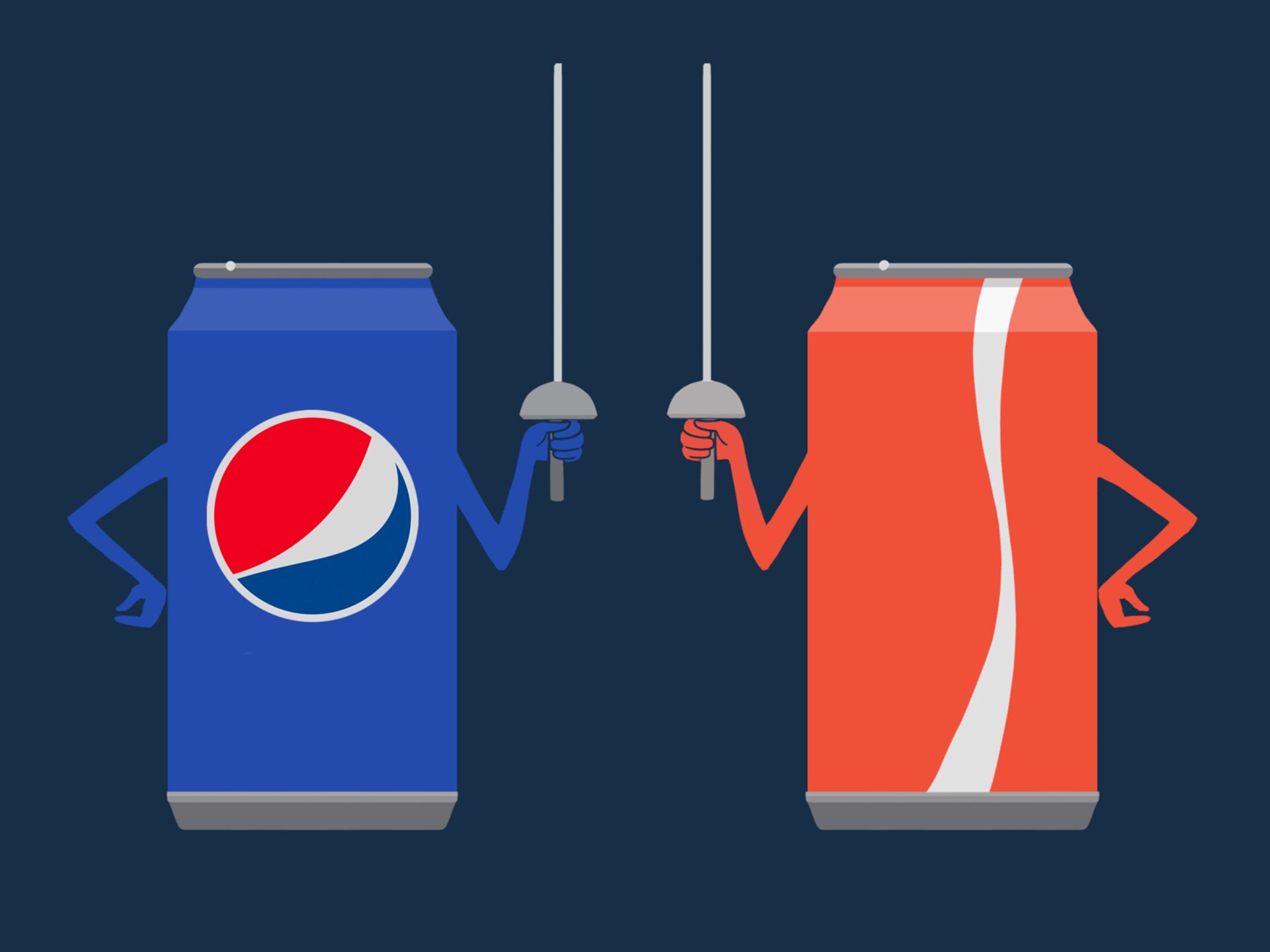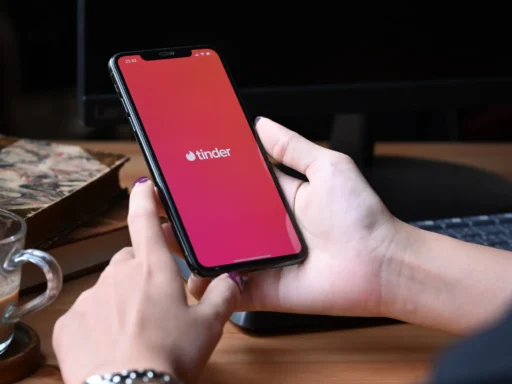I’m sure we can all remember a situation we’ve been in that made us think, “I will never come here again.” Unfortunately for many businesses, this happens because the customer experience (CX) is not a focal point. When training their employees, they focus on systems and technical details, rather than building and fostering the interpersonal relationships that drive their success.
Creating loyal customers in today’s day and age is an incredibly difficult task due to the number of options people have. It was easy 60 years ago when everything you needed was centrally located and there was just one hardware store, one deli, or one hair salon. We now live in a world of abundance where everything has to be provided with the utmost convenience, speed, and precision. A lot of this occurred naturally as we adopted living in an Amazon world, but the untold consequences have created the “disloyalist movement.”
What is the disloyalist movement? Its idea is that there is always an alternative option, meaning that loyalty is no longer necessary and is only worth as much as the convenience that a product or company offers. Once convenience runs out, so does public perception. In more simplified terms, these are trends that run out as soon as something else comes along or they are no longer trendy.
Customer Retention Efforts Matter
Keeping customers is all that matters. They are the lifeline of any business, and without them, it is impossible to survive. Once you understand this, you can start to think about how to keep customers and build that into your systems and culture. Keeping customers satisfied is NOT a “one size fits all,” and you will not be able to keep everyone. Knowing how to pinpoint who you should keep, and how to decide which target audience is the most important to put effort into keeping is a must. The ways to retain customers or create loyal customers can be broken down into five easily understood strategies.
Listening
It is said that the best form of customer service is the lack of customer service. While that is true, its virtually impossible to solve every single problem your customers might have. If you spend any amount of time in customer service, you will learn that customers want to talk. They want to tell you their problems, their woes, and their joys. The best part about this is that if you read between the lines, you can find the pain points they experience with your product or service. Why this matters is because if they are experiencing it, there is a high probability that someone else will also. Allowing them to talk (within reason) is a free testing ground for your operation and can be used to tighten up your process and improve your offering.
Questioning
Who said that only customers are allowed to ask questions? Part of building a successful customer relationship is making the customer feel heard and understood. How are they going to feel truly understood if its only them talking the entire time? Take the time to ask them value-driven questions that help them arrive at the solutions they are looking for. Not sure what they are looking for? Ask them! These questions should often be determined ahead of time, but they allow you to take control of the conversation when used in the right way. If they steer off course, which happens all the time, using a well timed question can guide them back to where you want them to be. Its important to note that there is no singular “right question.” Each person has their own personality and way of asking questions, so the questions should be created in a way that is fluid and allows for nominal changes as needed. The best customer service teams can do this on the fly, but helping guide new CSRs (customer service representatives) on how to do this can be the difference between a stellar reputation and a bad one.
Optimizing
Your initial process might suck. It might not be fun to hear that, but its true. The wording might sound weird, or it may take too long for the CSR to read the script, and you notice people dropping off. All of these challenges can be fixed through a process called optimization. Before you start, its important to understand that optimization is never completed. There will always be something you can do better to make the processes smoother, convert better, etc. With that in mind, my recommendation is to take an analytical approach to customer interactions and figure out where the problems occur. Is it in the introduction? Maybe you aren’t getting deep enough into the problem, so the value proposition isn’t there. Whatever it is, figure out how it is being done, find an alternative, and test it out.
Its important to note that this process cannot be done in one day. It will take multiple days, weeks, or even months to collect enough data to accurately determine if something is working or not. When considering this approach, it is best to have interactions either written down or recorded so that they can be referenced and used as the source from which you collect your data. After collecting enough data and making the changes, the timeline starts again to verify that you made the right change. Its an evergreen process, constantly pursuing a better way to make customers feel valued.
Tonality
This might seem like a no-brainer, but for some, it isn’t – Tone matters. Once more for the people in the back… TONE MATTERS. Tone, or the way your message comes across, creates a lasting impression for customers. If they speak to one incredibly nice and helpful person, they will remember that. If they speak to one nasty, rude person, they will remember it and most likely tell their friends or associates. Part of the training process should focus on how to say it. The tone you use makes all the difference, and it is the first thing people will remember. There is the saying, “People won’t remember what you did, but they’ll remember how you made them feel.” Thats what we are doing here. Customers remain loyal because they feel something positive. You caused them to feel emotions that they don’t normally feel when engaging with a similar product or service. The emotional connection to the offering is important, but when you have a problem, being able to feel confident and like they are the most important customer, wins 9.9 times out of ten, even if the process takes a little bit longer.
Taking Action
We live in a world full of “thinkers” with big aspirations and little drive to make a change. When trying to make customers feel important, we need to use everything we have already discussed and make a promise to ourselves and our customers that we will continue to take action to improve the process. The hard part here is that you have to take action even when you don’t want to. Why wouldn’t you want to? You may be attached to a certain way something is done (“this is how its always been done”), or the time investment might be more than you wanted to make. Continuous action, constantly working toward getting better, and never becoming complacent.
There Is Always More
These five strategies need to be written in stone in your quest for customer loyalty. You have to continue to do all five to the best of your abilities to keep customers loyal. One bad day, one monotone conversation, or even one unhelpful conversation could be the difference between loyalty and customers who say they will never buy from you again. It may seem silly, but the customers determine their threshold and tolerance for their loyalty. Our job as business owners, trainers, and customer service representatives is to make customers feel valued when talking to us. By Listening, Asking questions, continuously Optimizing the process, paying attention to your Tone, and always Taking action, you will find yourself with loyal customers that praise you from the rooftops—figuratively, of course!
Not sure where to start when trying to improve your customer service experience? Set up a free consultation with one of our team members today!








